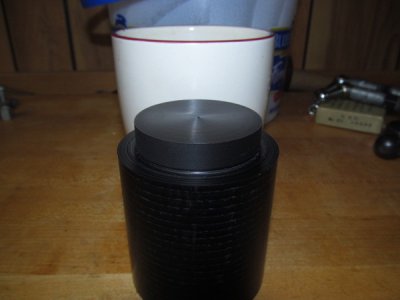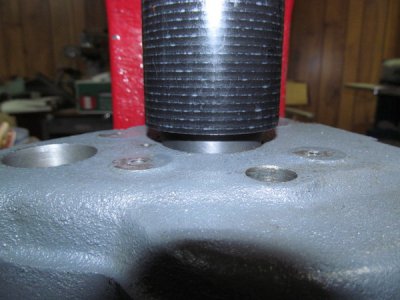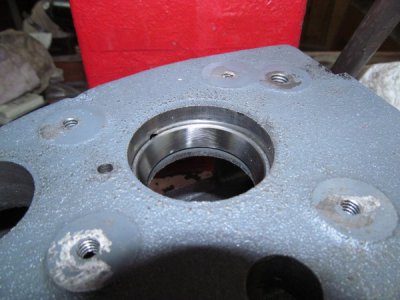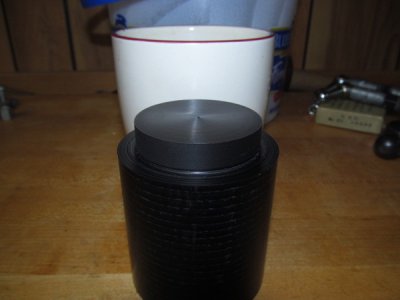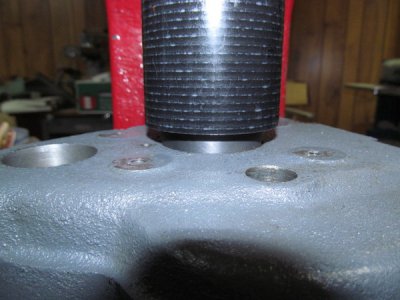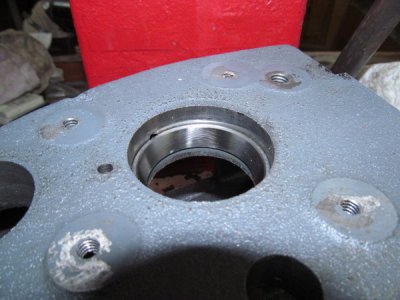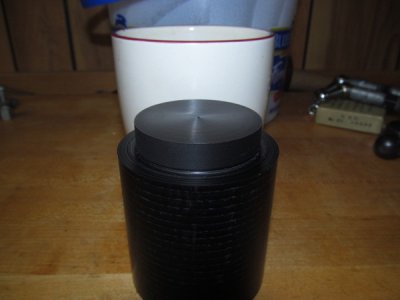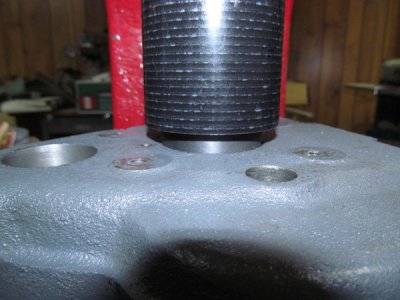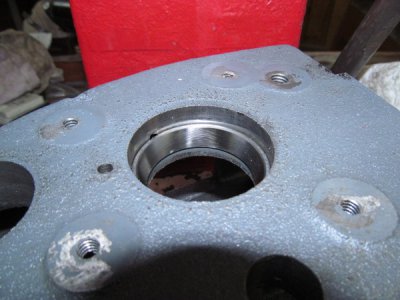- Joined
- Dec 25, 2011
- Messages
- 10,552
I'm sorry but pressing a cup in with a cone is a bad thing to do. Although you don't care about any damage done to the old cone, you could damage the new cups. A tapered roller bearing cup only has nearly zero width line contact with its cone. Which means that if it took (just to pull a number out of the air) 100 pounds force to press the cup in, that force is concentrated on much less than 1% of the cup surface area. This extreme concentration of force leads to what's called "brinelling". Which means work hardening of the surface of the cup along however many very narrow lines as there are rollers in the cone. The potential damage is not as severe as with ball bearings, where you have only point contact, but nonetheless can be significant. The proper tool with which to press a tapered roller bearing cup in is ideally a flanged truncated cone with a flange OD just slightly less than the OD of the cup. A reasonable substitute is a thick flat disk of just slightly smaller OD than the cup OD with a cylinder (or two or more disks) on the front of just slightly less OD than the minimum ID of the cup.
Robert D.
Robert D.

